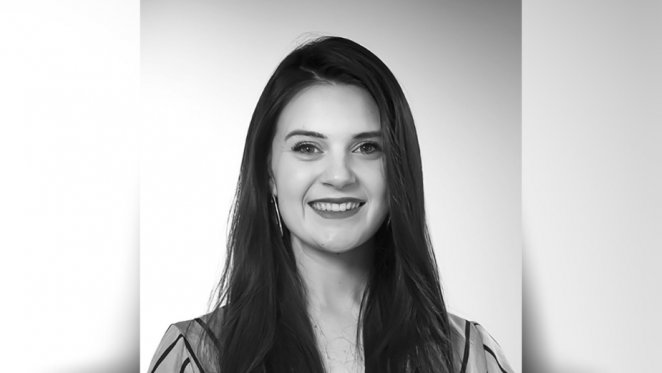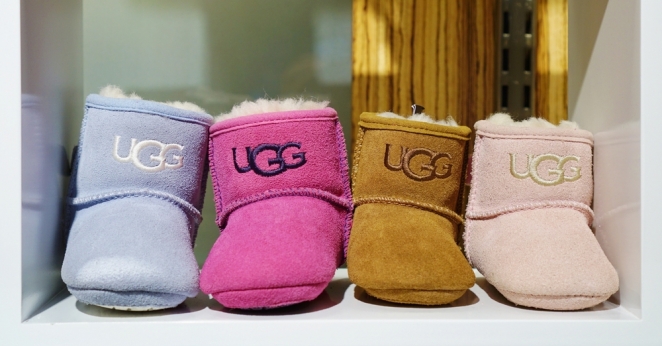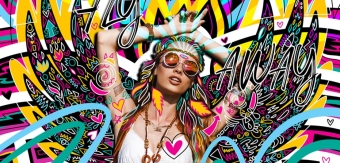Niamh Murphy, Head of Planning and Behavioural Science at In the Company of Huskies, on letting go of logic, rationalising in uncertain times, and the brands that are shaking things up with their pulling power.

The difference between changing behaviours and explaining them
When Covid regulations began to ease in Ireland and mask-wearing was no longer mandatory, two camps naturally emerged - those who continued to cautiously wear masks, and those who would gladly go maskless. But an invisible third camp was also present among them. The people who made a conscious decision to ditch the mask but through repetition and habit continued to wear them.
As marketers, it’s a reminder that it’s not always clear why people do the things they do and that people’s motivations might be murkier than we like to believe. This is an important distinction, because when we acknowledge this, we stop looking for the things that explain behaviours and start looking for the things that cause or change them.
Amidst uncertainty, we gravitate to logical solutions

As a species, we’re risk-averse and like to avoid uncertainty. And these are uncertain times. Market volatility, political uncertainty, a global pandemic – our emotional responses begin to take over, despite our predisposition to rationalise. We’ve always been programmed to go with the logical explanation, even when it lacks truth in relation to our behaviours, and we gravitate towards things we know.
In 2021, UGG Boots earned an astounding $946 million in global revenue, marking a 21% increase when compared with two years ago. Many including Vogue cite the cross-category Noughties revival as the main driver behind UGG’s recent renaissance.
Far more likely is that the protracted anxiety over the last two years has left us craving comfort and familiarity. Whether that’s in the form of tactility like sheepskin boots, or global Spotify data signalling nostalgic music peaking in countries 60 days after lockdown was introduced. While neither is driven by logic, they can convincingly be explained by them. It’s tricky like that.
If logic was the answer, you wouldn’t still be asking the question

One way in which this logical predisposition regularly manifests in the communication world is the assumption that education alone is the key to changing behaviours. That information in isolation will make a difference. Now, the reality is that any smoker you know would imply otherwise. But anti-smoking communication does present an interesting and demonstrable example.
Research has widely found that some anti-smoking ads that lean into the harmful effects are simply ineffective. Why? Because our confirmation bias means that we look for information that supports our choices, not ones that challenge them. So, instead, we need to avoid this logical tripwire and look at how information can transcend beyond the logical approach to an argument and instead seek to utilise other cognitive influences.
A brilliant example of this is Ontario Department for Health’s “Be a Failure” campaign, which alleviates smokers’ fear of failing when they try to quit. It wasn’t the logical solution, but it was a highly effective one with a 14-point lift in intention to quit among regular smokers. For businesses and brands, it’s critical to recognise the difference between rationalising behaviours and understanding the true cause of them.
Illogical practices to create brand pulling power

Behavioural science is an illuminating lens through which to examine and respond to problems of human behaviours. Take Harry’s Nut Butter, a high-end (and heavenly) peanut butter. Coming in at €7 a tub – nearly double the cost of their competitors – they decided not to change their price point but to change their competitive set to avoid comparison. They’re distributed at high-end grocers and coffee spots to a context where €7 feels relatively inexpensive. It’s a masterclass in price-relativity.
Another brand that has done this is Whoop. A wearables company founded 11 years ago, it was valued at a whopping $3.6 billion earlier this year. The wearable category is a place where high price points have less sensitivity, but Whoop is definitely at the top end. They employed a strategy to make the cost more palatable - a monthly cost instead of a one-off payment.
Advertised as ‘a personalised fitness and health coach’ people don’t compare the price with a Garmin or an Apple Watch which sounds costly. Instead, they think €30 a month is a bargain compared to a personal trainer or a gym membership. What’s genius about these examples is that they changed nothing about the product – only the context in which they were viewed.
The biases in our behaviours

This is true of behavioural sciences’ role in communications, too. One of the best biases that has been imbued into some of the most iconic (and effective) advertising in history has relied on the pratfall effect. This is a theory in social psychology that speaks about how people are often more likeable after making a mistake and has been the key to unlocking powerful advertising concepts. The iconic KFC FCK ad after stock shortages or the Marmite Love it or Hate it platform, which is still going strong in 2022, show this in motion.
The truth is that behavioural science helps us to identify and unlock opportunities that influence behaviours at scale and separate the logical explanations from the influential opportunities. This pivots on a central belief system; we must let go of logic. We strive to silence our inner economist professing logical solutions and explanations, and remind ourselves that just because something makes sense, does not mean that it is necessarily true of human behaviours.
And just in case our biases do get the better of us, at Huskies we employ a series of logic-defying methodologies allowing us to unlock lateral approaches that utilise a suite of cognitive influences. It’s how we unearth ideas that are counterintuitive but impactful for brands. All while leaving logic at the door.






